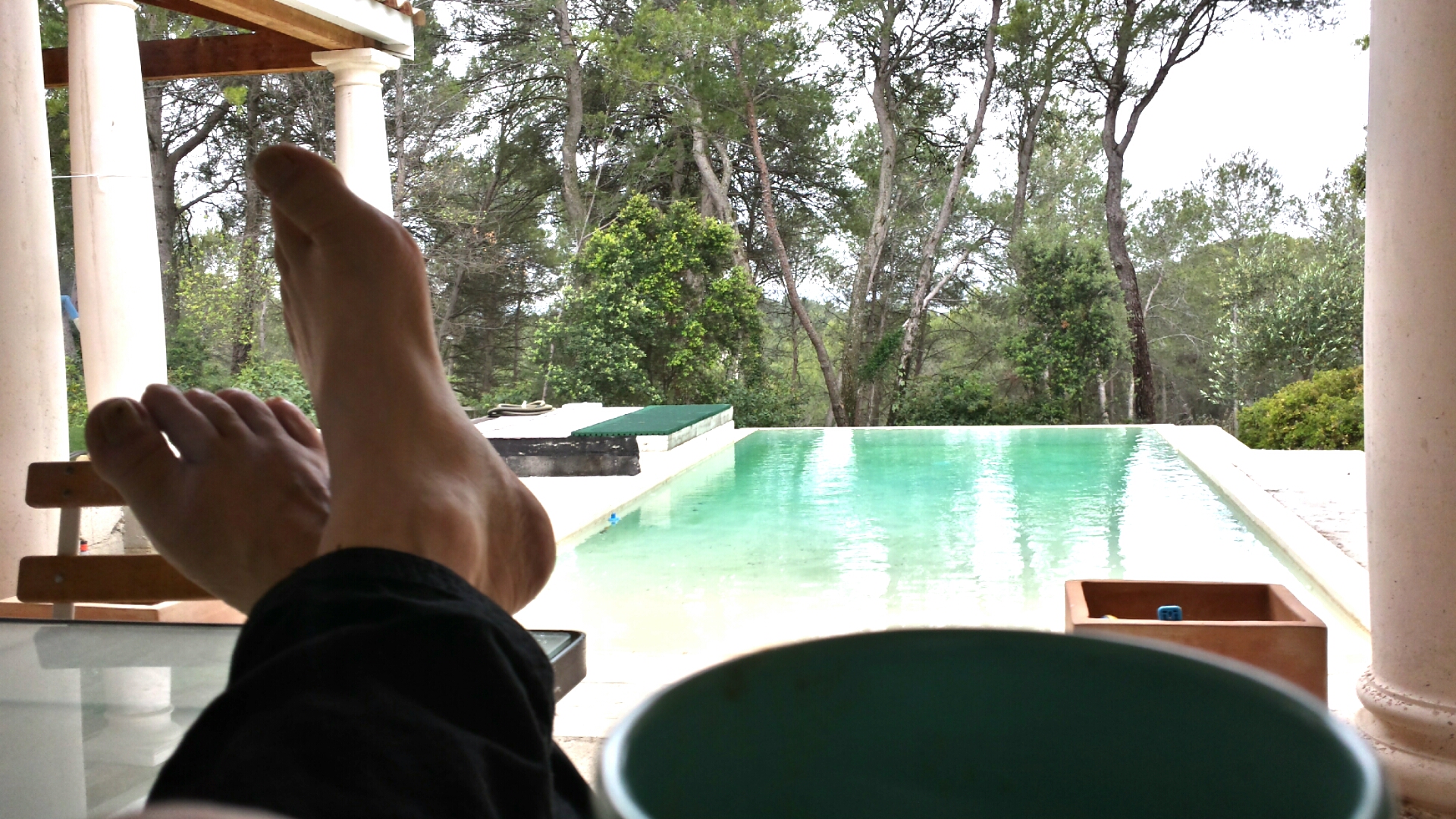From Shiro Kuma by kumablog

Hatsumi Sensei teaches us to be happy, and many practitioners don’t listen to him. The people in the Bujinkan are more into learning many Waza than developing a happy life. When you try to smile and be happy, your life improves. Happiness makes you satisfied with what you have. I recently read a quote saying, “Never let the things you want make you forget the things you have.” Where are you?
Why is it that we always want to have more? Why is it that we are never satisfied with what we already have? In these days of Covid, people behave strangely. One day the demand masks, and when they are available, they do not want to wear them. They demand a vaccine, and when it is available, they don’t want to get it. The vaccination process is too long, they criticize; too fast, they blame governments.
With the pandemics, everyone on the planet is a doctor. They know better what to do and how the virus spreads and develops. They all have an opinion. They cry a lot over the supposed loss of their freedom. What loss? We are trying to get rid of the pandemic. This is amazing to see people being so self-centred and narrow-minded.
I don’t know if what the governments do is good or bad. And I don’t care. My concern here is that freedom is more than that. Freedom is not behaving like a 5-year old kid! The world is not a giant kindergarten. Being an adult is to know when to speak, and when to shut up. True freedom is when you find satisfaction with what you have, not with what you want. In Japanese, the word “freedom” can be Tokuritsu (1), and it has many meanings. The Japanese language uses abstract concepts to explain the world. They do not define it. Instead, they wrap the idea in a box. Tokuritsu is also: independence, separation, isolation, or self-reliance. What people call “freedom” is actually the opposite of this.
What they call freedom is, in fact, dependence. Humans have an atavic need not to be separated or isolated.
Society has taught us not to try to depend on ourselves. We live through social media, reality shows; and phone apps. I have the feeling that this fake sense of freedom is enslaving us. We are the prisoners of our wishes and what we have doesn’t please us. This freedom is the opposite of the Japanese definition, it gives no liberty.
Hegel said, “When liberty is mentioned, we must always be careful to observe whether it is not really the assertion of private interests which is thereby designated.” (2)
This is why I try to be happy with what I have. I do my best never to cry over the things I don’t have.
The health situation is complicated, our governments do what they can. These lockdowns will not last forever, be patient, endure, and develop your resilience. Because this is what Hatsumi Sensei is teaching. So, behave like the ninja you always wanted to be.
Be Happy!
- 独立, Tokuritsu: independence; self-reliance; supporting oneself; being on one’s own; freedom; separation; isolation
- Read more at https://www.brainyquote.com/authors/georg-wilhelm-friedrich-h-quotes
… Read More

